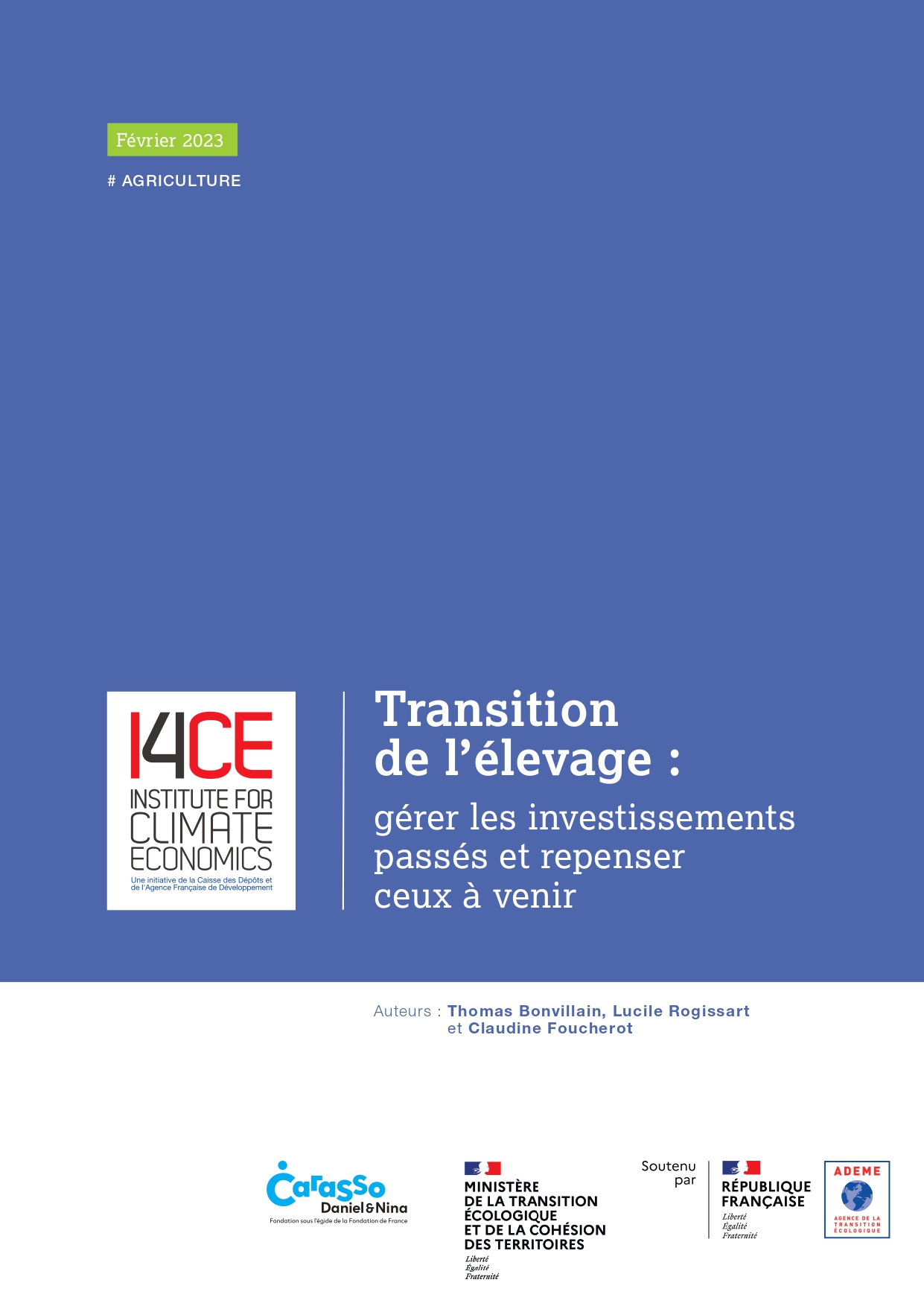Livestock farming transition: managing past investments and rethinking future ones
Report only available in French
Accompanying the decline in livestock numbers
All transition scenarios rely on a decline in livestock numbers to meet climate targets. Yet in France, most livestock populations are already declining. The challenge is not only to continue this trend, but also to support it, to ensure a fair and acceptable transition for livestock farmers and other players in the livestock industry. This is particularly true for the dairy sector.
To support this transition, we need to understand its economic impact and assess the different types of costs associated with it. The investment requirements for developing new sectors, even if they need to be better quantified, are already the subject of discussion in the public debate, and even of public funding such as the €135 million “agro-equipment conversion premium” or the “plant proteins” component of the stimulus plan.
However, when an economic sector sees its activity decline, the question also arises as to the future of its production tools currently in place, which will lose value compared to a scenario in which activity is maintained. These are known as “assets at risk”. This is a particularly important issue in agriculture, since farmers invest in their business throughout their lives, with the prospect of increasing its value when they retire, in order to ensure a decent retirement.
Managing risky assets
This is why I4CE has analyzed “assets at risk” in the livestock industry. It shows that assets at risk can be of 3 types. They may be :
- oversized, if the level of equipment far exceeds the use to which it is put;
- reconvertible, if they can be put to a new use, subject to the cost of adapting them;
- stranded, if they are no longer usable and have lost all value.
Click here to see the visual “Possible use trajectories for a farm asset” in French
Our analysis shows that, of all the assets immobilized on livestock farms, buildings represent the greatest risk. While these at-risk assets represent a real challenge on an individual scale, on a national scale they represent several hundred million euros a year to manage over a decade.
Click here to see the visual “Summary of asset risk levels” in French
Don’t increase the stock of risky assets
Every year, over a billion euros in investment subsidies are granted to livestock farms. To avoid increasing the stock of risky assets, we need to:
- recalibrate these subsidies to avoid over-investment;
- redirect them to ensure that they favor production tools compatible with sustainability objectives.


